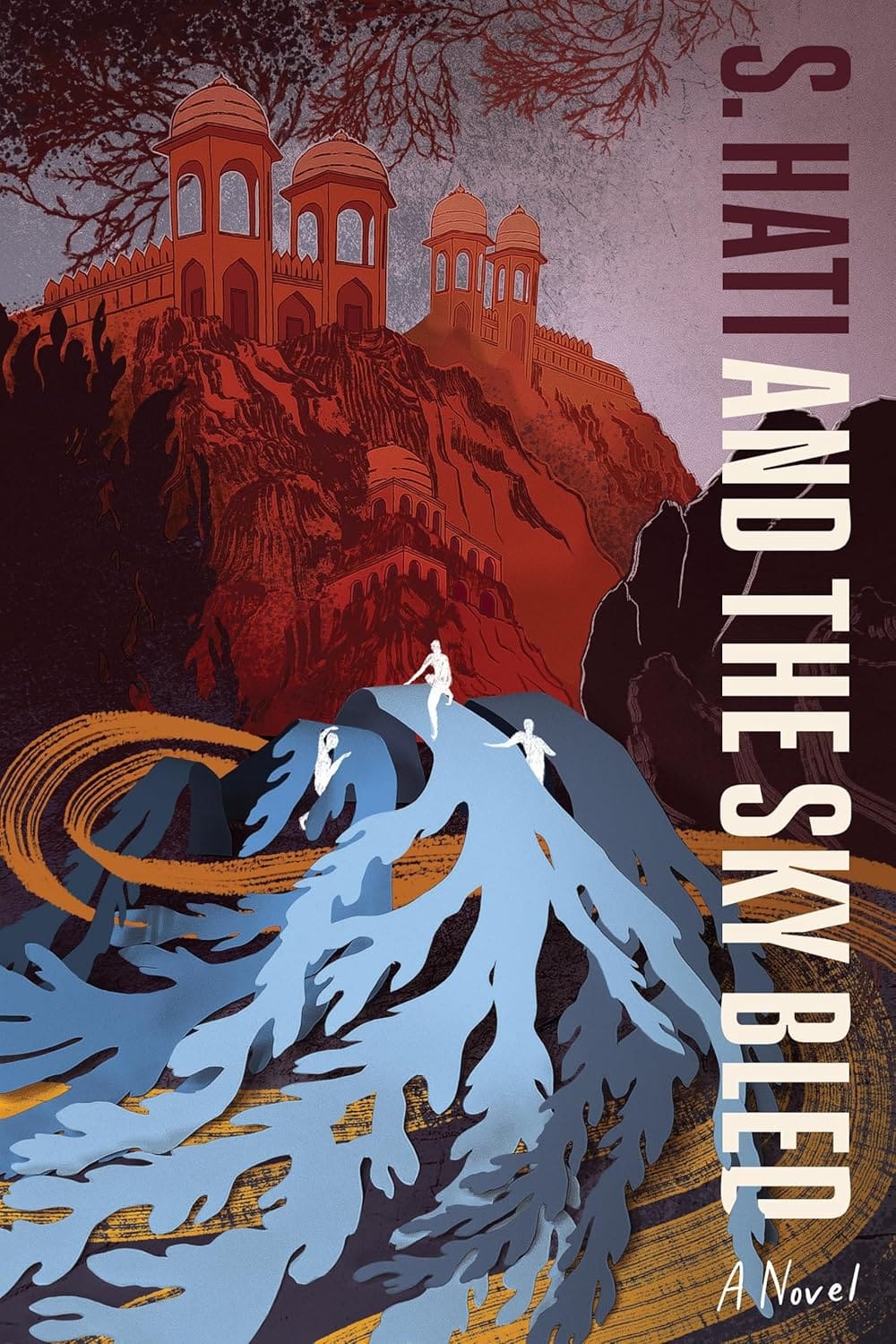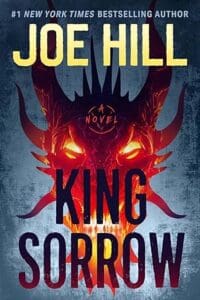
TL;DR Review: Fascinating worldbuilding, high-stakes adventure, and a subtly, well-crafted message about climate change.
Synopsis:
Amid the chaos of a dying city ruled by colonizers, three rivals—a thief, a slumlord, and an heiress—race to find a hidden cache of magic that will decide the city’s fate.
In the occupied city of Tejomaya, calor—a magical fossil fuel—is found only in the blood rains that fall from the sky. While a six-month drought has brought Tejomaya to a desperate standstill, rumors of a secret stash of magic propel three unlikely treasure seekers to risk everything.
Tenacious and street-smart Zain Jatav has been forced to steal calor for her slumlord bosses for years. Finding the magic reserve might be her only key to freedom. But she’ll have to contend with Iravan Khotar, a slumlord himself and an ambitious revolutionary hoping to use the same magic to save his people from the mysterious illness devastating the slums—and to bolster a fight against their oppressors. Meanwhile, heiress Anastasia Drakos leads the ruling council of Tejomaya from the safety of a nearby island. With the hidden magic, she could finally take full control of the city and crush the slums beneath her unyielding fist.
As Zain, Iravan, and Anastasia draw closer to finding the treasure, their paths tangle, and not for the first time—they met before, a decade ago, in a fire that destroyed each of their lives in different ways. Their reunion might bring the already-weakened city to its knees.
Exploring the devastating mechanisms of power, this searing climate fantasy breathes life into a crumbling world hovering on the brink of total destruction.
Full Review:
It’s safe to say that I have never read a story set in a world quite as creative as this one!
And the Sky Bled takes place in a (nameless) world where the skies don’t rain water, but blood. And yes, I do mean that literally.
At some point in the history of the world, humanity learned how to extract a form of magic called “calor” from not only the earth, but also the skies. That magic powers everything—from their flying ships to their homes and water systems—and so, true to human nature, so much calor was extracted that it has led to the total deterioration of the environment.
Now, when the skies bleed, the “bloodrain” is collected by giant funnels and transported to turbines that process it and extract the few drops of calor that remain.
This is where our story begins, following Zain, a young woman working with a group of street-level criminals to steal the calor that is tightly regulated by the government that has conquered her city. She barely gets enough to “pay her dues”, and you can feel her desperation as she tries to find ways to get more—not only to survive, but to help the people around her who are in just as dire straights.
We’re also introduced to Anastasia, the head of the conquering government. From her perspective, we get a great look at how this world is run, who is in charge, and all the political squabbling that results from such scarcity of so many basic human necessities.
Finally, we meet Iravan, one of the “dons” who control the street gangs stealing the calor. He doesn’t do it to gain power (or not only), but he is portrayed as a decent man who is trying to do what’s best for his people, to help them the only way he knows how.
But as we soon learn, there is more tying these three together—we just won’t find out exactly what until much, much later in the book.
There was a lot to love about And the Sky Bled.
The world put me in mind of a sprawling city on the Indian subcontinent (Kolkata or New Delhi), with everything from crumbling slums to opulent palaces. There is very much a hint of “British Empire” in the conquerors who have subjugated the people of Tejomaya, but not so much to be overt.
And the Sky Bled is “climate fiction” (cli-fi), showing a very real possibility of how bad things on our Earth could get as a result of humanity’s excesses. Yet at no point did that come across as “preachy” or shoved in my face—it was simply an element in the story that served as a poignant object lesson in the background, but didn’t override the characters’ individual stories.
The characters were complex, complicated, and enmeshed in their own troubles—many of which were connected—and through their perspectives, we get to see this world that is slowly deteriorating.
The pace is slow and steady, the action scenes are simple but well done, the emotions are raw, and the colors are vivid and vibrant. While it’s not a perfect book (I had a hard time connecting with some of the characters, and so much of the world needed further explanation to really anchor me), it’s definitely a reading experience I will never forget.








Leave a Reply